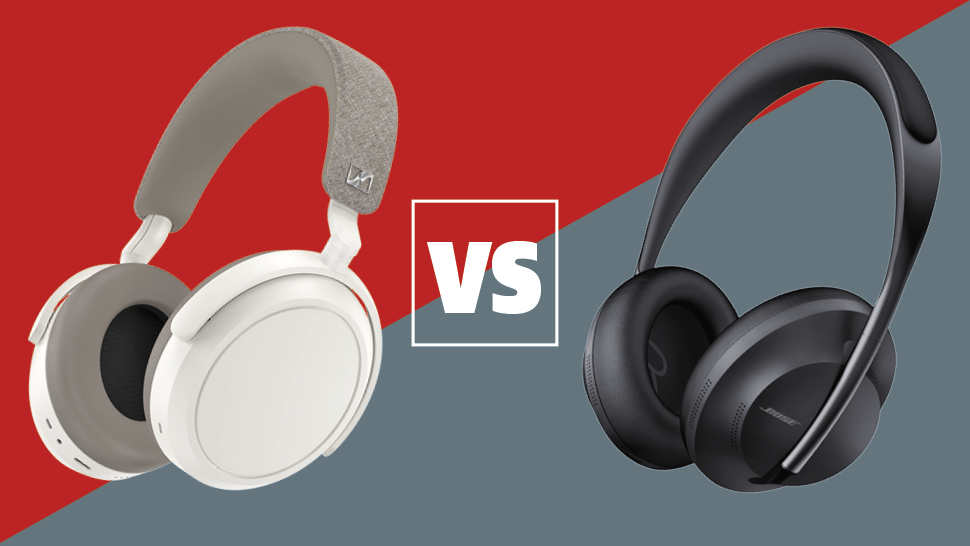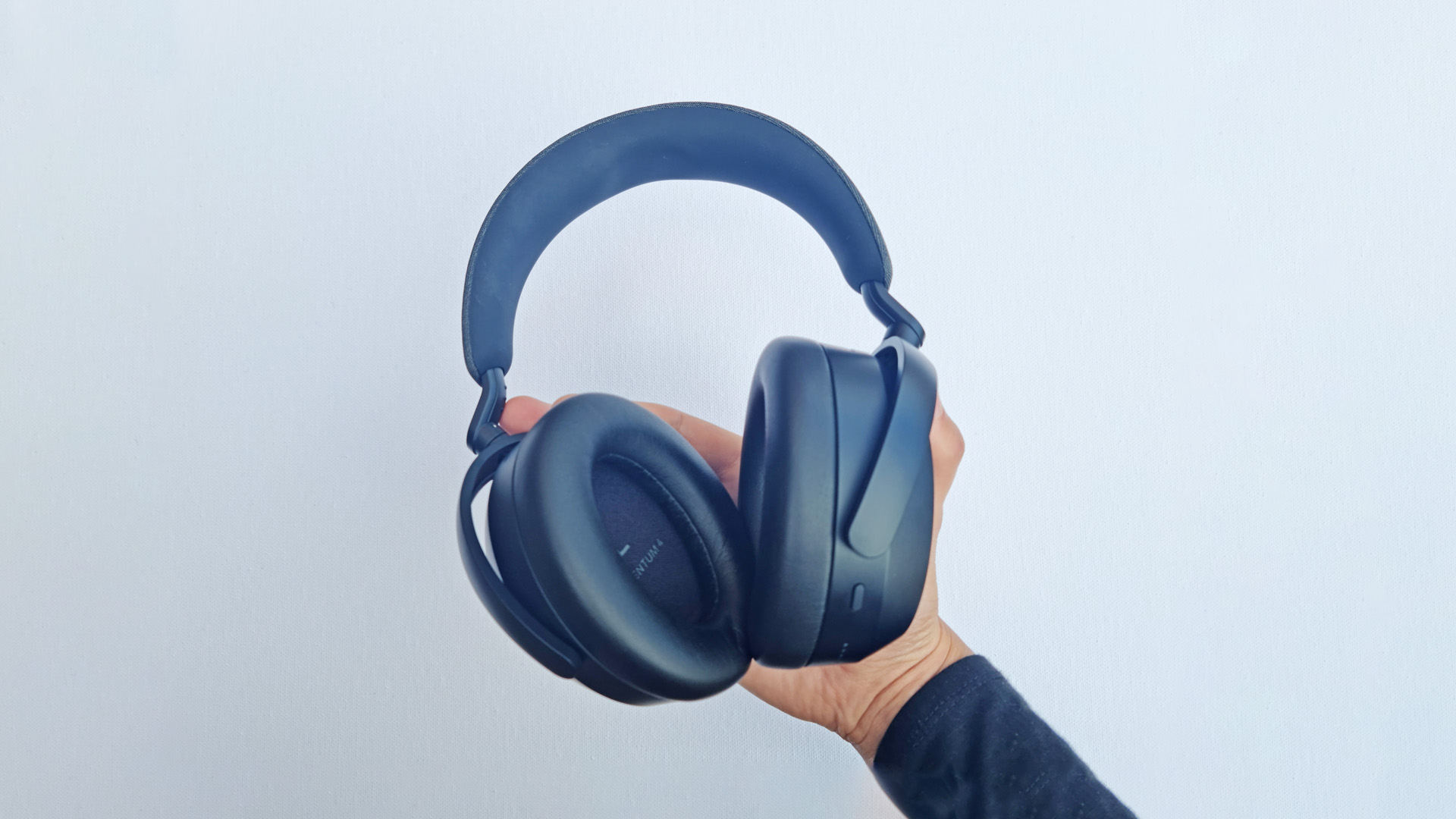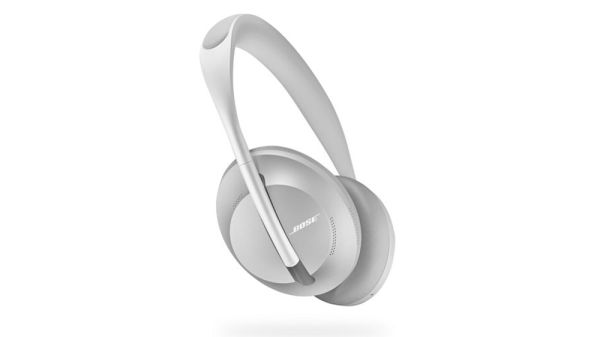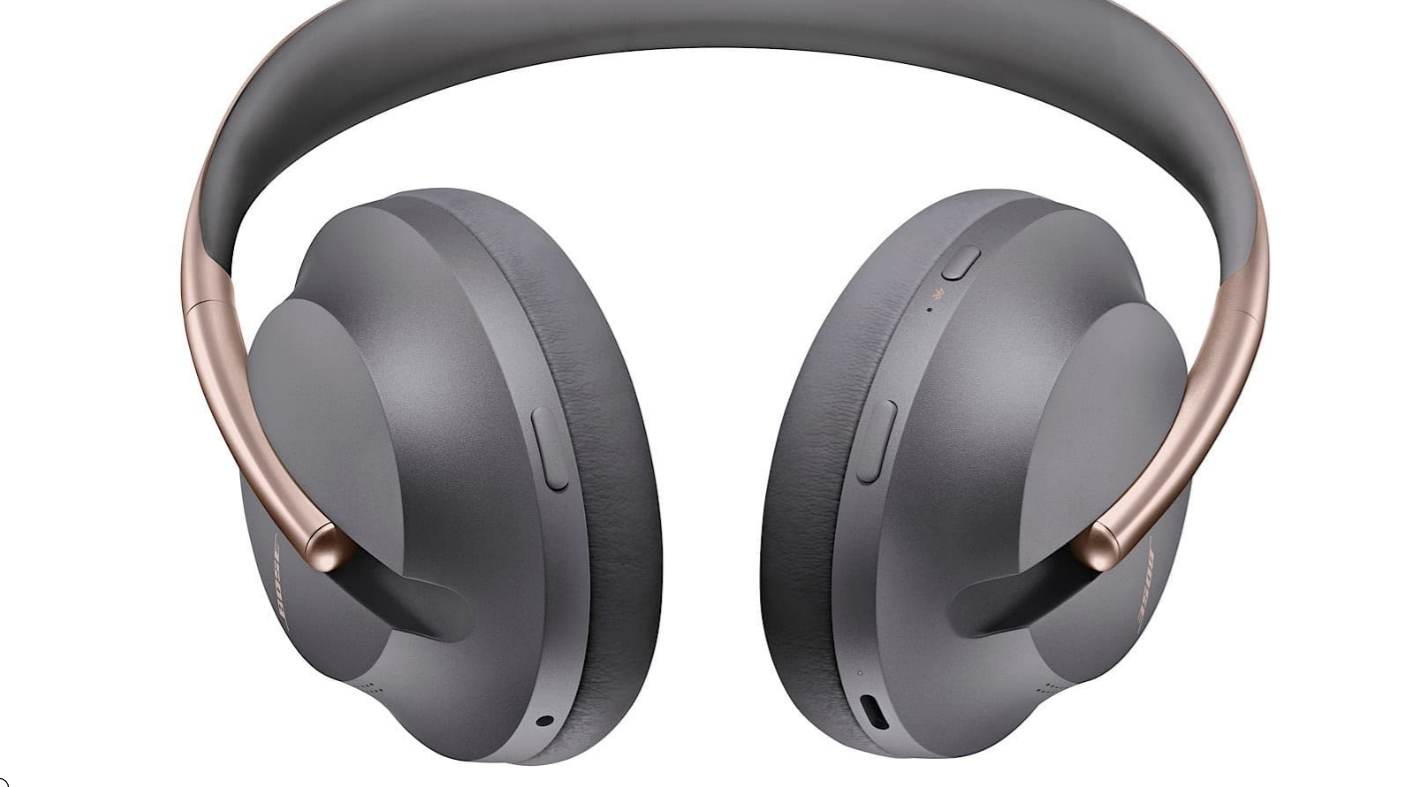Sennheiser Momentum 4 Wireless vs Bose 700: which noise-cancelling headphones are best?
Two of the best pairs in the business at silencing the outside world, but which is better for you?

There’s an abundance of wireless noise-cancelling headphones around right now, and with an increase in quantity has come an increase in quality too. Indeed, standards have never been higher. If you want an over-ear pair with advanced world-silencing skills, great comfort and superb sound quality, you really are spoiled for choice (if your budget is in three figures, that is). But with new models launching all the time, the competition is fierce. We are never shy of pitting our old favourites against the new challengers. And that is exactly what we have done here.
The Bose Noise Cancelling Headphones 700 are the popular US brand's most advanced noise-cancellers yet. Pitched above its excellent QuietComfort range, the 700 have an awesome 11 levels of noise cancellation, giving you unprecedented control over how much of the outside world you hear. But they face fresh competition from the all-new Sennheiser Momentum 4 Wireless, which have just walked away from our test rooms with a five-star rating.
Sennheiser’s newest over-ears boast the brand’s trademark sonic profile, truly epic battery life (really!), and some strong noise cancellation of their own. Are Sennheiser's flagships superior to Bose’s flagship effort? Let’s find out.
- Sony WH-1000XM4 vs Bose 700: which headphones are better?
Price
The Bose Noise Cancelling Headphones 700 are the more established of the two pairs. They were launched in 2019 for £350 / $399 / AU$599 as Bose’s flagship noise-cancellers. But now that they are a few years old they can currently be found for around £220 / $299 / AU$445 if you take care with your shopping search. (You can see the best prices online just below.)
The Sennheiser Momentum 4 Wireless are the new kids on the block and so don't have the luxury of a discount yet. They cost £299 / $349.95 / AU$549.95, undercutting the Bose's launch, but not current, price. They are the pricier options today but keep an eye out for a price drop on big sale events such as Black Friday and Cyber Monday, and never say never.
Winner: Bose
Battery life

This is where the Sennheiser Momentum 4 Wireless excel over not only the Boses but pretty much the entire competition. They pack an astonishing 60 hours of battery life with ANC on from a single charge. That’s double what many pairs offer – and not just any pairs, but class-leading models such as the Sony WH-1000XM5 and Bowers & Wilkins Px7 S2.
So what about the Bose 700? They manage just 20 hours per charge, which is a little paltry considering plenty of newer and similarly priced rivals claim 30 hours these days. That said, in practical terms, 20 hours might well be plenty enough for most people, so long as they don't mind a more frequent charging routine.
Winner: Sennheiser
Design and fit

These are both premium headphones and so you would expect them to have excellent build quality. And they do.
The Bose 700 look suitably premium. Available in black or silver, they are largely a one-piece structure that is free of visible hinges. The stainless steel headband blends into the earcups, and thanks to the touch controls, the button layout is pleasingly minimalist. Of course, you can use voice controls too, using Amazon Alexa or Google Assistant.
They are comfortable, striking the right balance between loose and vice-like, and are light enough to wear for hours. We would recommend using the supplied carry case as much as possible when the headphones aren't atop your head to avoid scratches and (if you have the silver pair) discolouration.
The Sennheiser Momentum 4 Wireless also use touch controls, meaning they have only one physical button, and that's for power and pairing. They are not quite as aesthetically pleasing as earlier Momentum models though, with the classy and rather ornate styling giving way to a more minimalist, low-key appearance this time round. But they are very comfortable thanks to a wide, nicely padded headband, and the earcups clamp is 'just right' (slightly tighter than the Bose's).
Note that neither pair have earcups that can collapse inwards for easier storage in a bag or pocket, though the earcups do fold flat for easier storage in their respective carry cases.
Winner: Bose
Features

Like many of their ilk, the Bose 700 feature a Conversation Mode that allows outside sound in while turning down what you are listening to. That means you can have a conversation without taking the headphones off. It’s very clever, though not as advanced as some features on rival headphones (Sony’s equivalent, Speak to Chat, kicks in automatically when you start talking, for example.)
Other than that, Bose’s feature list is a bit thin. That could be because the firm has focused its efforts on a comprehensive, best-in-class noise-cancelling system – more on this later.
The Sennheiser Momentum 4 Wireless, meanwhile, support aptX Adaptive, one of the highest-quality Bluetooth codecs around. It is backwards-compatible with aptX if you don’t own one of the still relatively few devices supporting the newer Adaptive codec. They also support Bluetooth 5.2 (compared with the Bose 700’s Bluetooth 5.0), meaning, among other things, that they can simultaneously connect to multiple Bluetooth devices and switch between them more easily.
You can also create ‘Sound Zones’ in the Sennheiser Smart Control app – essentially profiles characterised by specific EQ and noise isolation levels – that will automatically activate or deactivate when you and the headphones enter or leave a specific radius. Want ANC to kick in when you leave the house or midrange levels to be more prominent when you enter the workplace? Your wish is Sound Zones’ command.
The app is not only more advanced than Bose’s, but it’s also more stable; we found the Bose system prone to occasionally taking an age to lock on to our headphones, or failing to do so altogether.
Winner: Sennheiser
Noise-cancelling

Active noise-cancellation (ANC) is Bose’s bread and butter. The firm invented the technology, after all, and even references it in the (rather unwieldy) name of its Bose Noise Cancelling Headphones 700.
It has good reason to shout about it. The 700 are a breed apart from Bose’s previous flagship headphones in the QuietComfort range. The firm has overhauled its entire approach to ANC, giving the 700 a new noise-cancelling system with new acoustics and new digital signal processing – all running off Bose’s own NC chip. Onboard is an eight-microphone system (six to cancel noise, two for voice pick-up) and 11 increments (from 0-10) of noise-cancellation intensity to choose from, allowing you to transition from full isolation to full transparency.
Whichever level you choose, in whatever environment, the isolating effect is pretty much the best we have experienced in a pair of headphones. Steps between levels are so incremental that you can struggle to discern any difference. So it’s helpful that you can set three levels as presets – out of the box, these are set at 0, 5 and 10.
The ANC isn’t all about music. It is also designed to improve call quality by mitigating background noise. A beamform array of microphones isolate speech while blocking other sound; the mic design is adaptive, and so adjusts as your environment changes. And it works. It blocks out an impressive amount of sound, including such teeth-chatterers as drills in roadworks, so you can chat away without shouting to be heard.
And the Sennheisers? Their ANC might doesn't have as many customisable bells and whistles as you find on the Bose and ultimately it's not as effective at blocking out the louder sounds. But it is still impressive in action, doing generally well to reduce the outside world.
They also have an ANC Adaptive mode that automatically adjusts the ANC in real-time corresponding to your environment. In a quiet cafe, it will be barely noticeable, but step out into a busy street and it will ramp up, dulling background noise. It's less advanced than Bose’s incremental system, but many will find it more convenient than choosing presets.
Still, for pure sophistication, efficacy and silent movie-levels of quiet, Bose’s implementation takes it.
Winner: Bose
Sound quality

That’s most areas covered. Now the crucial question: what do these pairs actually sound like?
Both pairs sound decent – clear, upbeat and tonally pretty well balanced. The Momentum 4 Wireless are a little less rich and more neutral than previous entries in the range, but that’s no bad thing. They sound sharp and sprightly, and that added leanness hasn’t come at the expense of substance across the frequencies: highs are well-honed, mids are pleasingly plump, and lows strike a good balance between being taut and tubby. Sennheiser has bettered the Momentum 3 Wireless in the sound department, producing performers that are pretty much second-best to the Sony WH-1000XM5 at this price level.
The Bose 700 are admirable and enjoyable performers too, though Bose hasn’t taken the same giant steps to advance the audio performance as it has with the noise-cancellation and design. The neutral-to-lean character is at odds with the richer balance of its greatest rivals, and you don’t quite get the depth of bass to complement the agility and punch present at the low frequencies. The Boses sit below the Sennheisers in terms of detail retrieval, clarity and dynamic variation, too.
While the Sennheisers are right up there with the best, the Boses fall a little behind them in class in the sound department.
Winner: Sennheiser
Verdict
We will say this straight out of the gate: both of these pairs are very attractive options at their respective prices. You don’t earn five stars (Sennheiser) and four stars (Bose) without ticking a lot of boxes, and that’s what both of these pairs do.
But this is a head-to-head, and so there has to be a winner. And for us, it’s the Sennheiser Momentum 4 Wireless. The Bose 700 are cheaper, have more advanced noise-cancelling and in our minds are more aesthetically pleasing. But the Sennheisers sound notably better (which is the main reason for their star rating discrepancy), have a more comprehensive feature set, and absolutely trounce Bose in the battery department.
MORE:
Read our full Sennheiser Momentum 4 Wireless review
And our Bose Noise Cancelling Headphones 700 review
See the other best noise-cancelling headphones around
Get the What Hi-Fi? Newsletter
The latest hi-fi, home cinema and tech news, reviews, buying advice and deals, direct to your inbox.
Joe has been writing about tech for 20 years, first on staff at T3 magazine, then in a freelance capacity for Stuff, The Sunday Times Travel Magazine (now defunct), Men's Health, GQ, The Mirror, Trusted Reviews, TechRadar and many more. His specialities include all things mobile, headphones and speakers that he can't justifying spending money on.

